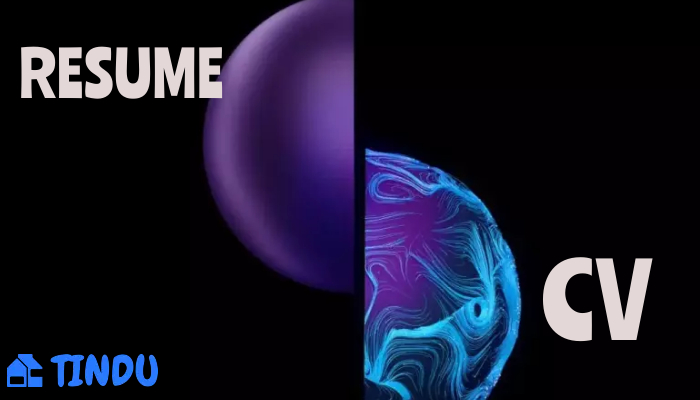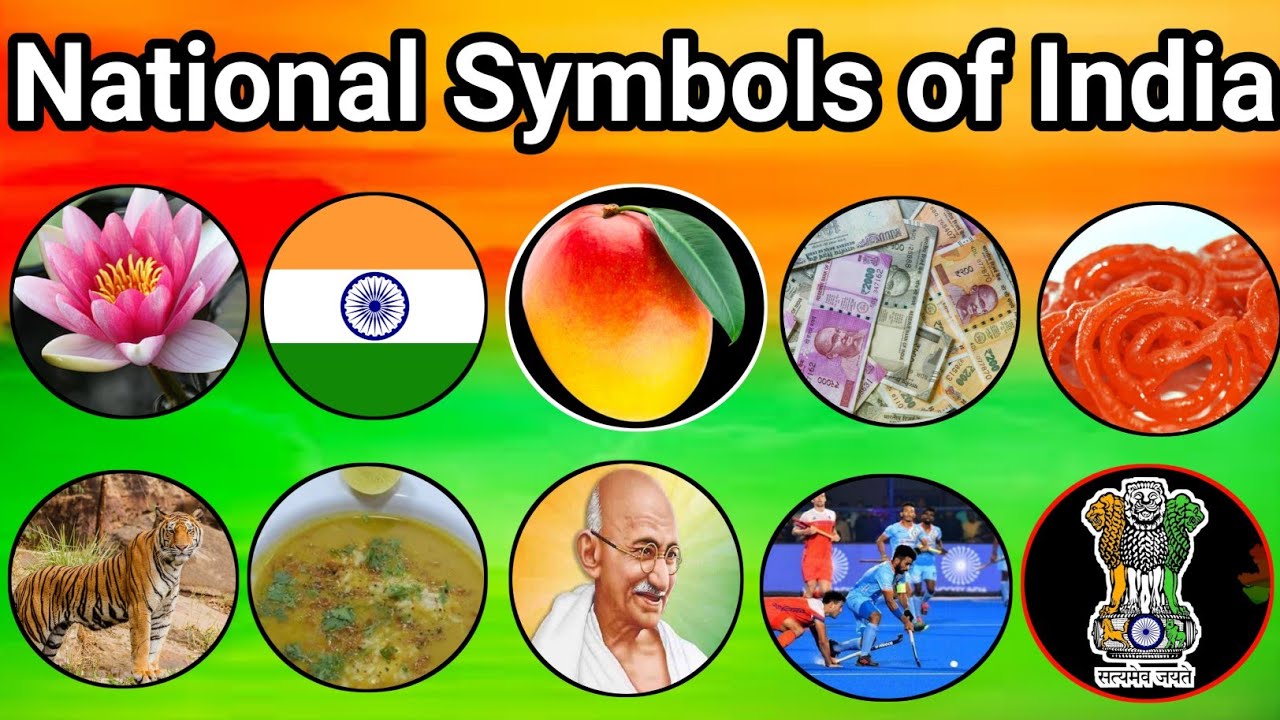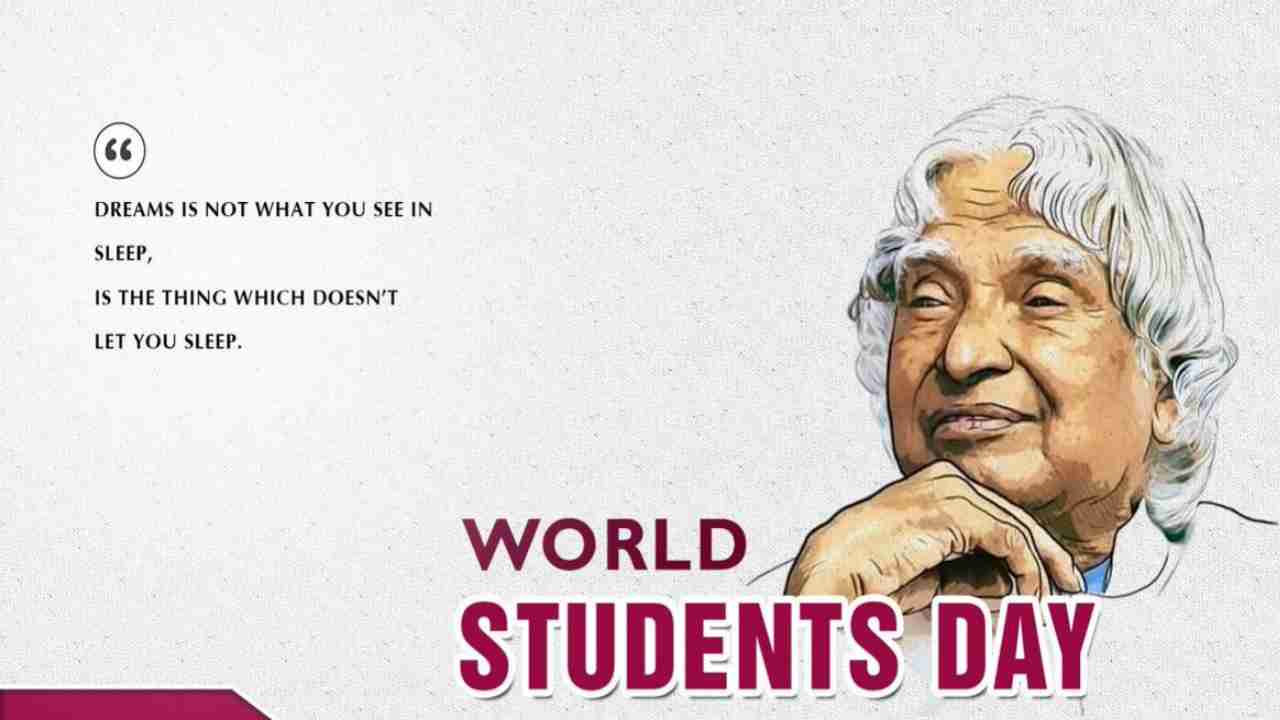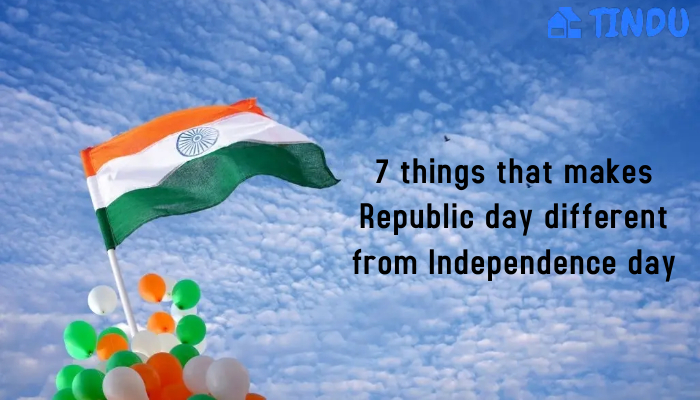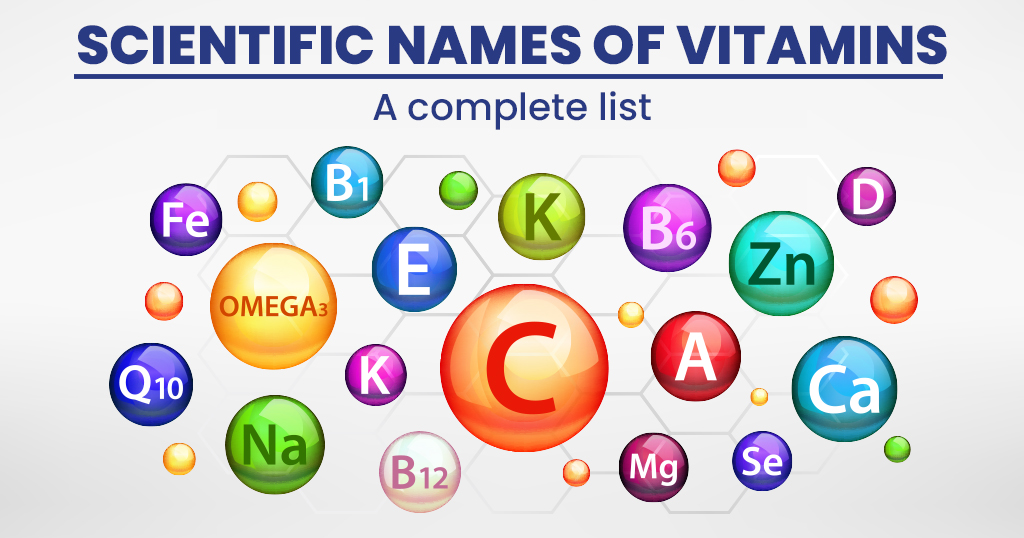The Latin word curriculum vitae (CV) means “course of life.” Resumé, on the other hand, is French for “summary.” CVs and resumes both:
- Show that you are the most qualified applicant for the position or organization you are applying for
- utilized to land you a job interview
- typically avoid mentioning personal interests
You must create both a resume and a CV if you are applying for academic and industry (commercial or public sector) positions.
RESUME AND CURRICULUM VITAE: FORMAT
The CV is a comprehensive history of your academic accomplishments, hence its length varies. Contrarily, a resume gives a succinct overview of your abilities and experience for a particular position, so its length is typically shorter and determined by years of experience (generally 1-2 pages).
People who are applying for fellowships, grants, postdoctoral positions, teaching and research positions in higher education, or high-level research positions in industry, use CVs. Applications for graduate school often ask for a CV, but in general, they’re looking for a resume that lists all of your publications and summaries of your research projects.
RESUME
- Focus on skills
- used when applying for jobs in the private, public, and nonprofit sectors.
- is no more than two pages long, with a third page for publications or poster presentations if they are particularly pertinent to the position.
- Place the education section at the end or close to it after one year of industry experience, depending on your qualifications.
CV
- highlights scholarly achievements used while applying for academic posts, fellowships, and grants
- Length varies according to expertise and contains a comprehensive list of papers, posters, and presentations
- always starts with education and can include the advisor’s name, the subject of the dissertation, or a summary (see examples).
- Additionally used for sabbatical leave and merit/tenure reviews
